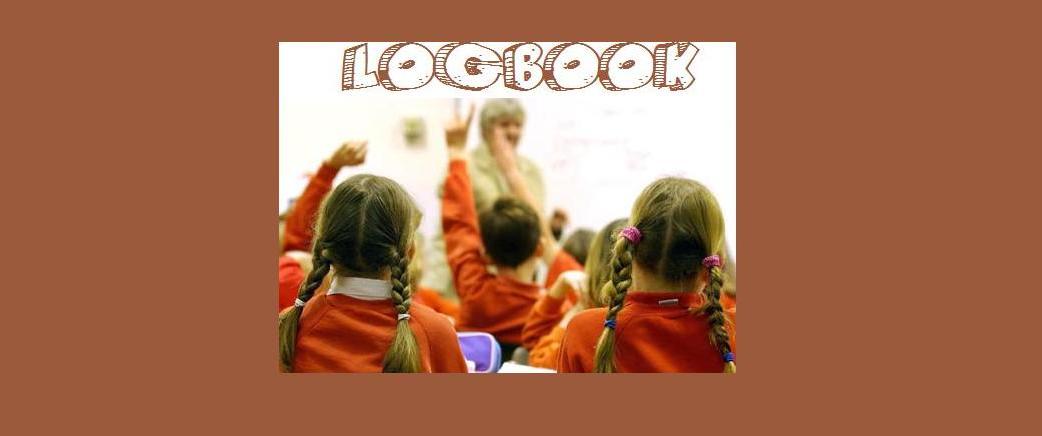WEEK 8
DATE 19/11/2012
The structure
of a lesson
The microteaching presentation was interesting for me because the
activities are focused in Miró. Our CLIL project is about the room painting of
Van Gogh as well, so we could see how to work with the art topic with children
in Primary level. However, most of the activities can’t work with children in
Preschool. However, the microteaching was similar as ours. The activities were
original and manipulative, which I found appropriate for the age they have
chose.
I found this class very productive and interesting for me, because we talk about one of the aspects I'm worried about. This is how to prepare and organize the structure of a class lesson.
After the microteaching presentation, we discussed the ways of planning
well-structured lessons for effective language learning to take place. As I’m
doing my internship now, I have to prepare a complete unit project focused in a
topic the children are working now in the school. My challenge is that my group
of P5 never did English before, and I have to start with very basic concepts as
introduction.
Some aspects we talked in that class and I think are useful in my
program can be:
-Hello and Goodbye songs.
-Basic
activities.
-Repetition.
-Reminding
what we did in other sessions.
-Summing
up the concept at the end of the class.
Moreover, we saw the structure the classes have to follow. First of all,
we start with a routine, which
include a general overview about what we are going to talk in the class;
sharing aims; and warm up. Secondly, we will do in practice the main part of the lesson we
prepared. Finally, we have the end of
the lesson summing up the concepts.
After that, we saw different examples about exercises we can do with our
students in the different moments of these three parts of the lesson.
DATE 23/11/2012
Preschool and
Primary activities
The microteaching presentation of this session was about the states of
the water: solid, liquid and gas. Analysing the presentation, I have to say
that it was clear, makes the students participate with the activities which
were entertaining and appropriate.
One of the positive aspects is that they checked the pronunciation of
the words and they introduce new vocabulary related with the topic. However,
some of the points should be corrected or improved are in the explanation of
the activities, which some were not very clear to understand the aims or what
is supposed to do. Moreover, it’s necessary to give some examples to show what
they want in the activity.
The second part of the class consisted to analyse different textbook activities,
both for preschool and primary education. We had to take into account the
concepts and skulls every activity develops, as well as the methodology. At the
end we have to summarize the assets and drawbacks we found, and wrote them
down.







